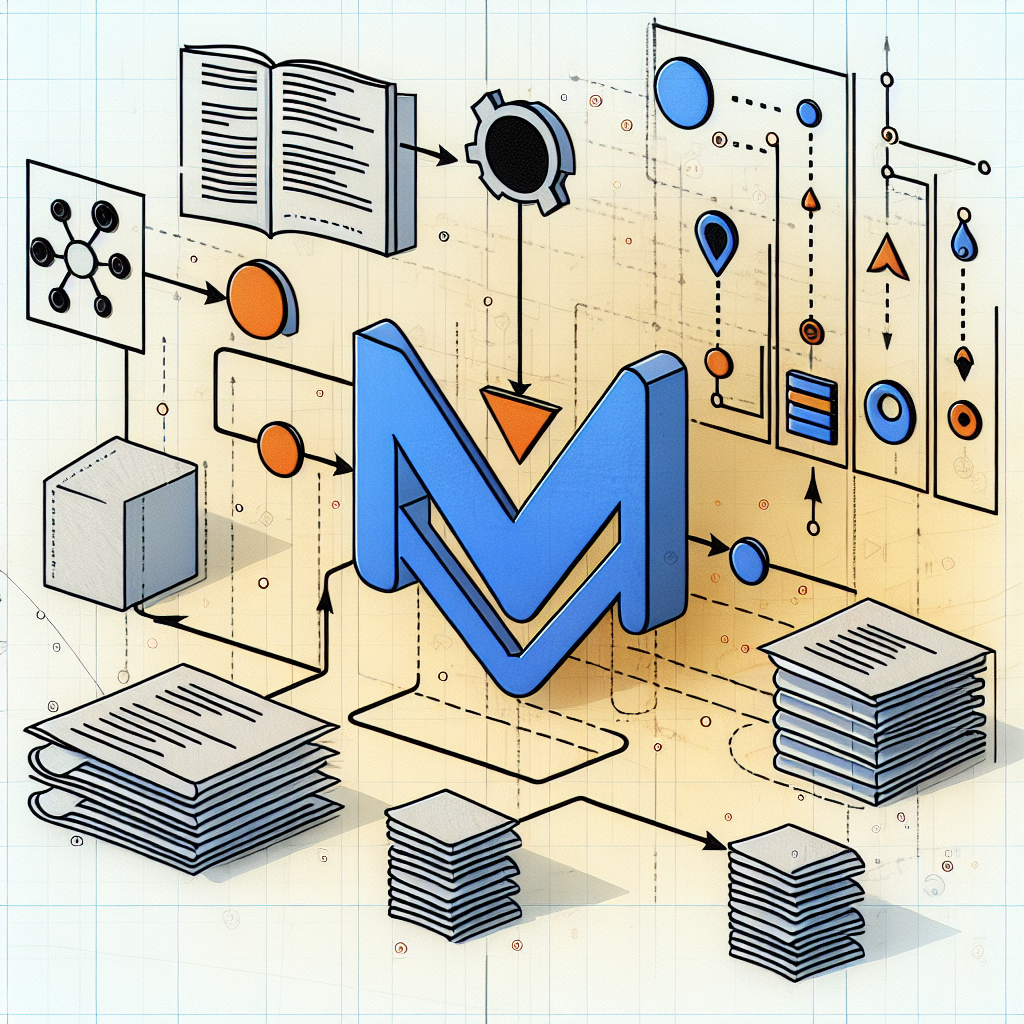Headless CMS and Markdown: The Future of Content Creation
Headless CMS and Markdown revolutionize content creation by offering flexibility, portability, and streamlined workflows. This powerful combination enhances SEO, simplifies collaboration, and ensures content is future-proof across diverse platforms.

"Why struggle with Markdown formatting? Our free tools make it easy to create beautiful, professional-looking documents in seconds."
In the digital age, the evolution of Content Management Systems (CMS) has shifted from traditional monolithic platforms to the flexible and versatile model of Headless CMS. Meanwhile, Markdown, a lightweight markup language, is increasingly becoming the tool of choice for content creators. This article explores the advantages of combining Headless CMS with Markdown and how they together shape the future of content creation.
Introduction to Headless CMS
A Headless CMS is a backend content management system that separates content storage from content presentation. This architecture allows content to be accessed by any device or platform via APIs, providing immense flexibility and scalability. Content creators can focus on creation without worrying about frontend presentation issues.
The Rise of Markdown
Markdown, with its simple syntax and easy-to-read nature, has become a favorite among content creators. It allows users to write content using straightforward text formatting, which is then converted into structured HTML. This intuitive writing method reduces the learning curve and enhances creation efficiency.
The Synergy of Headless CMS and Markdown
Combining Headless CMS with Markdown brings forth the following advantages:
-
Content Portability: Since Headless CMS delivers content via APIs and Markdown files are inherently portable, this ensures that content can be seamlessly displayed across different platforms and devices.
-
Streamlined Workflow: Creators can write content in Markdown and publish it to any frontend via the Headless CMS's API. This workflow eliminates technical barriers, allowing non-technical users to manage content with ease.
-
Enhanced SEO Performance: The structured text of Markdown helps search engines better understand content, while the flexibility of Headless CMS allows for optimized SEO strategies across different platforms.
-
Version Control and Collaboration: Markdown files can be easily version-controlled, and Headless CMS supports multi-user collaboration, making teamwork more efficient.
Conclusion
The combination of Headless CMS and Markdown offers an efficient, flexible, and scalable solution for content creation. As technology continues to advance, this pairing will further drive the development of the content management field, bringing more possibilities to creators. Whether for personal blogs or enterprise applications, Headless CMS and Markdown are trends worth considering for the future



Comments ()